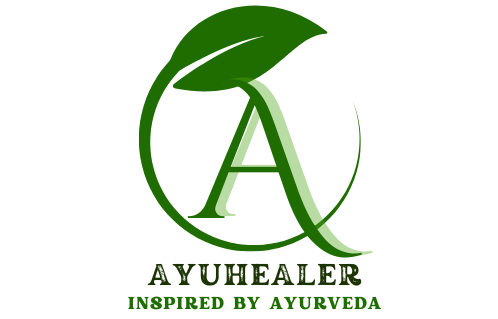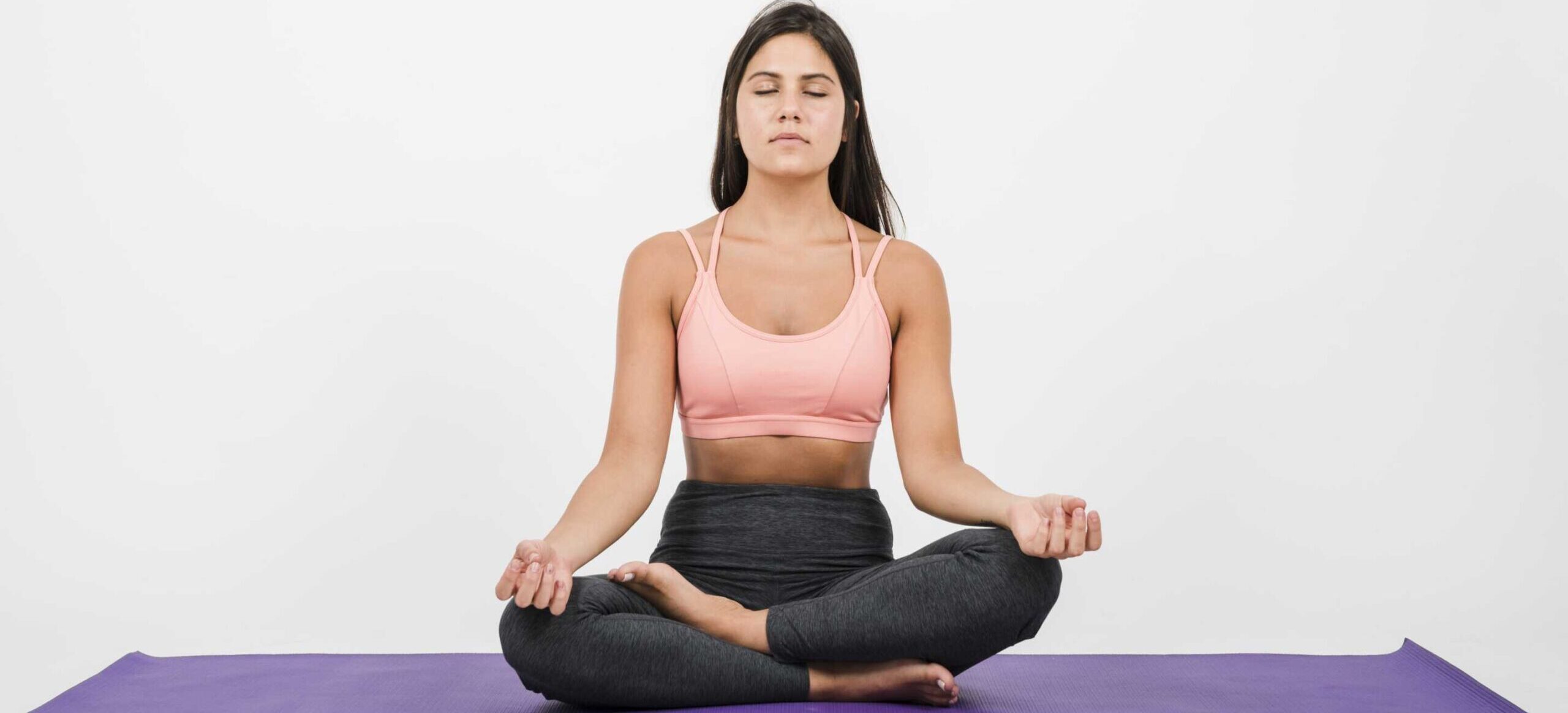Pranayama, an ancient yogic practice, is gaining worldwide for its deep impact on physical and mental well-being. Bhastrika Pranayama stands out for its unique benefits among the various breathing techniques.
In this article:
- What is Bhastrika Pranayama
- Steps to Master Bhastrika Pranayama
- Benefits of Bhastrika Pranayama
- Contraindications/Limitations of Bhastrika Pranayama
- Precautions for Bhastrika Pranayama
- Conclusion
1. What is Bhastrika Pranayama?
Bhastrika Pranayama, also known as Bellows Breath, is a heated breathing technique that resembles fanning a fire with a constant flow of air. Bhastrika is a Sanskrit term that means “bellows,” and it refers to the active filling and emptying of the belly and lungs during this practice. It ignites the inner fire of the mind and body. When combined with Kumbhaka Pranayama, Bhastrika can generate heat in the body and keep it warm in wet and chilly weather. It is balancing for kapha and vata but should be used with caution (and more softly) if pitta is inflamed.
2. Steps to Master Bhastrika Pranayama
Find a comfortable seated position: Sit in Sukhasana (cross-legged position) on a yoga mat or a cushion with an upright spine. Ensure that your head, neck, and back are aligned.
Relax and prepare: Take a few moments to relax your body and mind. Close your eyes gently and bring your attention to your breath. Take a few longs, deep breaths to establish a sense of calmness.
Begin with inhalation: Inhale deeply and rapidly through your nose, filling your lungs with air. Feel the expansion of your abdomen and chest as you take in the breath.
Exhalation: With controlled force, exhale forcefully and quickly through your nose. Feel the contraction of your abdomen and chest as you expel the breath.
Maintain a rhythm: Repeat this forceful inhalation and exhalation process at a rapid pace. Maintain a consistent and rhythmic flow of breath throughout the practice.
Gradually increase the speed: As you become more comfortable with the technique, gradually increase the speed of inhalation and exhalation. However, never strain or force your breath; maintain a natural and effortless flow.
Practice for a specific duration: Start with practicing 5 rounds initially, gradually increasing the count to 15 rounds. Each round comprises one inhalation and one exhalation.
End the practice: After completing the desired number of rounds, take a few moments to observe the natural rhythm of your breath. Notice any sensations or changes in your body and mind.
3. Benefits of Bhastrika Pranayama
It offers a plethora of benefits that positively impact both the physical and mental aspects of our well-being. Some notable benefits include:
Enhanced respiratory function:
Regular practice strengthens the lungs, increases lung capacity, and improves overall respiratory efficiency. This technique plays a vital role in purifying the respiratory system.
Increased energy levels:
As Bhastrika Pranayama involves a rapid exchange of breath, it increases the oxygen supply to the body, thus revitalizing the entire system. This rise in energy helps combat fatigue and improves vitality.
Improved circulation:
The powerful inhalations and exhalations during this Pranayama enhance blood flow throughout the body. This increased circulation provides nourishment to every cell, promoting overall health and rejuvenation.
Mental clarity and alertness:
A consistent practice of this Pranayama calms the mind, reduces stress, and enhances mental clarity. It improves concentration, memory, and overall cognitive function, allowing for better decision-making and problem-solving abilities.
Detoxification:
The forceful exhalations in Bhastrika Pranayama allow for the effective elimination of toxins from the body. This cleansing process purifies the blood, organs, and vital systems, leading to improved overall health.
4. Contraindications/Limitations of Bhastrika Pranayama
- People with lung diseases should perform this pranayama cautiously.
- People with high blood pressure or a history of stroke should avoid practicing it.
- In case of Pregnancy, Fever, and intestinal disorders.
- With heart ailments, it is advisable to do carefully and under the supervision of a specialist.
5. Precautions for Bhastrika Pranayama
It offers many benefits, but it is essential to approach the practice with caution and respect for your body’s limitations. Consider the following precautions:
Consult a certified instructor: If you are new to Bhastrika Pranayama or have any underlying health conditions, it is advisable to consult a certified yoga instructor before starting the practice. They will guide you in understanding the technique and offer personalized advice.
Avoid strain or force: Always remember that it should be performed with ease and without strain. If you experience any discomfort, dizziness, or shortness of breath during the practice, pause, and take a break.
Practice on an empty stomach: To avoid any discomfort or interference with digestion, it is recommended to practice Bhastrika Pranayama on an empty stomach. Wait at least two hours after a heavy meal before engaging in the practice.
Modify as per your comfort: Each individual is unique, and their abilities may differ. Change the speed and intensity of Pranayama according to your comfort level. Remember, listening to your body and respecting its limits is crucial.
6. Conclusion
Mastering Bhastrika Pranayama can open up a world of physical and mental well-being. By following the steps mentioned above and keeping the precautions in mind, you can practice this powerful breathing technique safely and effectively. Embrace the journey towards enhanced vitality, mental clarity, and overall health through the practice of Bhastrika Pranayama.

